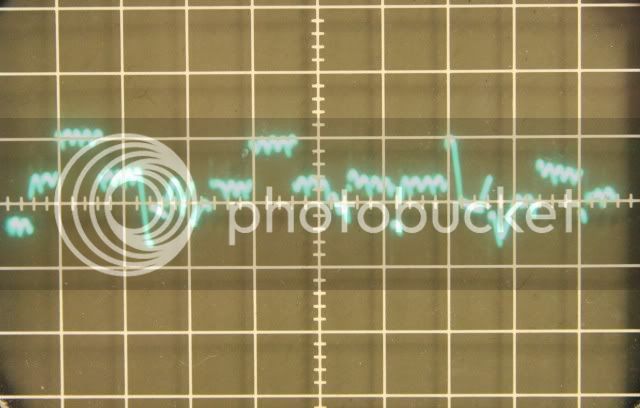TheAxeman
Well-known member
I was running my Passport radar detector off the supplied power outlet on an '06 and the voltage meter would jump around wildly, so much so that it was difficult to read. I am now running the detector through a Marineco cigarette lighter socket which I am running through a switched Blue Sea power block and the voltage meter stands steady at a constant voltage, maybe fluctuating by .2 or .3 volts....FWIW












































![fjackets Real Lambskin Leather Biker Jacket — Quilted Cafe Racer Zip Up Moto Leather Jackets For Men | [1100085] Johnson Brown, XL](https://m.media-amazon.com/images/I/41I7Pm1f+vL._SL500_.jpg)


















